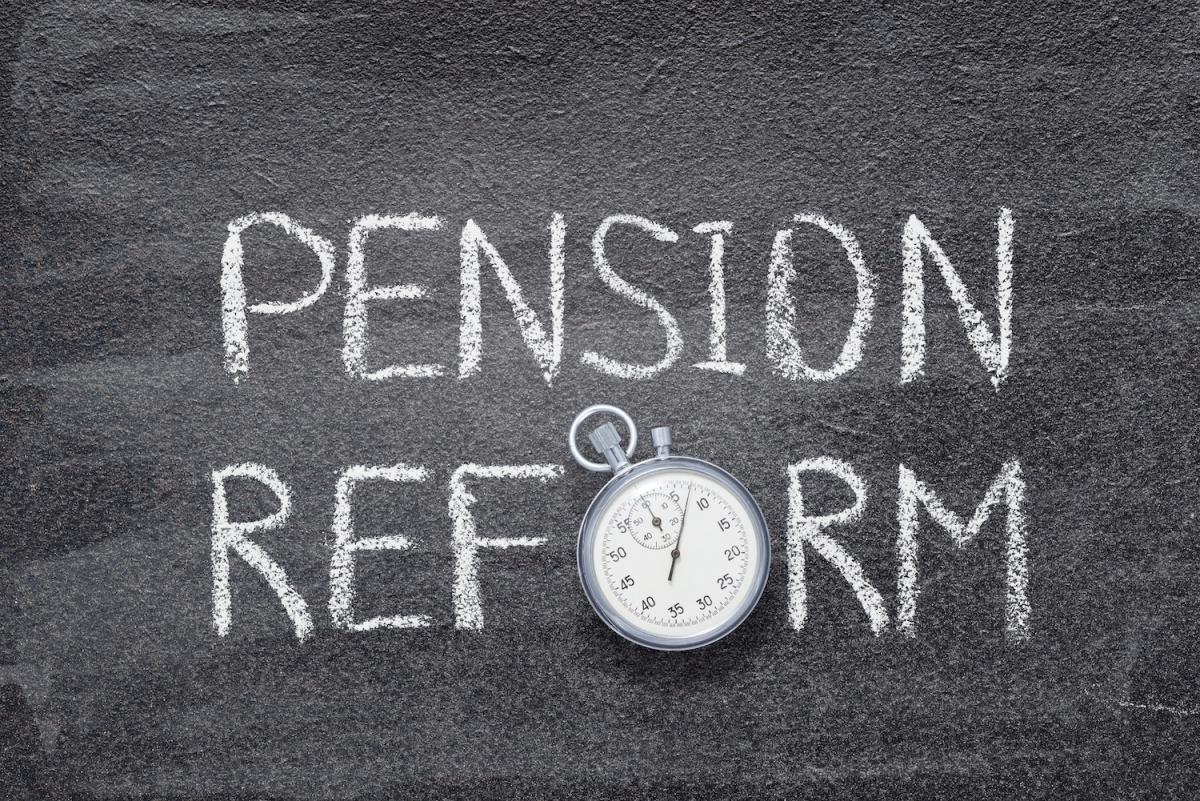Retirement planning is a critical aspect of financial security for many Americans, and recent changes in US pension reform are set to have significant implications. With an aging population and evolving economic dynamics, understanding how these reforms affect retirement prospects is crucial.
In this blog post, we will delve into the various facets of the recent pension modifications, examining what they mean for workers and their golden years. From changes in Social Security benefits to modifications in employer-sponsored plans, these updates are crucial for anyone planning their financial future.
Understanding the recent changes in pension reform

The new regulations in US pension reform encompass a wide array of adjustments aimed at revamping the retirement benefits landscape. A focal point of these reforms is the focus on sustainability, ensuring that pension systems remain viable amidst fiscal pressures and demographic changes.
Among the most prominent changes is the adjustment of Social Security benefits, which are vital for retirees. By raising the full retirement age gradually, the reform aims to address longevity issues and ensure the system’s solvency for future generations.
Moreover, adjustments in cost-of-living calculations might impact monthly benefits, linking them more closely to inflation realities. These refinements emphasize the need for Americans to reconsider their retirement strategies and plan accordingly.
Implications for Social Security
Social Security remains a pillar of retirement income for countless Americans. However, recent modifications under the pension reform are poised to shape how future retirees receive benefits. The gradual increase in the full retirement age stands as a pivotal change, reflecting the need to adapt to longer life expectancies.
This shift essentially means that individuals might choose to work longer or accept reduced benefits if they retire earlier. Additionally, tweaks in the formula for calculating cost-of-living adjustments (COLAs) are also in play, possibly leading to slower growth in monthly payments.
Overhauling employer-sponsored retirement plans
Another significant aspect of the US pension reform involves changes to employer-sponsored retirement plans, such as 401(k)s and pensions. These reforms aim to bolster retirement savings by introducing measures that incentivize both employers and employees.
Employers are now encouraged to offer more comprehensive plans through tax incentives and reduced regulatory burdens. For employees, automatic enrollment and escalation policies have been introduced to enhance participation rates and contribution levels.
Additionally, the promotion of lifetime income options within these plans is gaining traction, offering retirees more stable income streams. Keeping abreast of these updates will help workers capitalize on enhanced saving opportunities and achieve more secure retirements.
The challenges and opportunities ahead
The path paved by the US pension reform introduces both challenges and opportunities for those planning their retirement. On one hand, the reforms strive to ensure the long-term sustainability of retirement systems, enabling them to withstand economic uncertainties and demographic shifts.
However, individuals must adapt to new realities, which may involve working longer or adjusting savings strategies to align with systematic changes. Opportunities arise in the form of personalized financial planning, leveraging technological advancements and digital tools to optimize saving and investing.
Understanding the balance between risk and reward, along with continued education on financial matters, will empower Americans to navigate these changes effectively and secure a fulfilling retirement.
Challenges in adapting to new retirement norms
Adapting to the evolving pension landscape poses certain challenges, primarily stemming from the need for individuals to recalibrate their retirement strategies. With increased life expectancies and modified benefit structures, many may find their previous plans outdated.
Consequently, workers must evaluate their financial circumstances critically and consider the implications of retiring later versus saving more ambitiously. Education and outreach programs become essential, empowering individuals to make informed decisions about retirement savings and investment.
While the changes can be daunting, proactive engagement and sound fiscal planning will mitigate transition pains and set the foundation for a prosperous post-retirement life.
Exploring new retirement opportunities
Despite the challenges, the pension reform also opens up new opportunities for future retirees. With reforms encouraging personalized retirement planning, individuals now have more options to tailor their financial futures according to their unique circumstances.
Advanced financial tools and resources allow for the creation of more customized saving and investment plans, better aligned with individual goals and risk tolerances. Furthermore, enhanced tax incentives and policy adjustments serve as additional motivators for amplifying retirement savings.
By embracing these possibilities and seeking professional financial advice when needed, Americans have the potential to achieve greater financial security and enjoyment during their retirement years.

